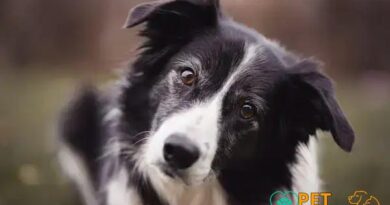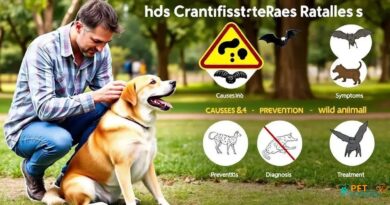What is Ritmo de vida
What is Ritmo de vida?
Ritmo de vida, or “life rhythm,” refers to the pace and pattern of daily activities that shape an individual’s lifestyle. In the context of dog ownership, understanding your dog’s ritmo de vida is crucial for ensuring their well-being and happiness. This concept encompasses various factors, including exercise routines, feeding schedules, and social interactions, all of which contribute to a balanced life for both dogs and their owners.
The Importance of Establishing a Routine
Establishing a consistent routine is essential for dogs, as it helps them feel secure and reduces anxiety. A well-defined ritmo de vida allows dogs to anticipate their daily activities, such as walks, playtime, and meals. This predictability fosters a sense of stability, which is particularly important for puppies and rescue dogs who may have experienced disruptions in their previous environments.
Factors Influencing a Dog’s Ritmo de vida
Several factors influence a dog’s ritmo de vida, including age, breed, and health status. Puppies typically require more frequent play and socialization, while older dogs may need a slower pace and more rest. Additionally, active breeds like Border Collies or Labrador Retrievers thrive on rigorous exercise, while smaller or less active breeds may prefer leisurely strolls. Understanding these nuances is key to tailoring a dog’s daily routine to their specific needs.
Creating a Balanced Daily Schedule
A balanced daily schedule for your dog should include time for exercise, mental stimulation, and relaxation. Regular walks, play sessions, and training exercises contribute to a dog’s physical and mental health. Incorporating interactive toys and puzzle games can also enhance their cognitive skills, ensuring that their ritmo de vida is not solely focused on physical activity but also on mental engagement.
Socialization and Its Role in Ritmo de vida
Socialization is a vital component of a dog’s ritmo de vida. Regular interactions with other dogs and people can help prevent behavioral issues and promote a well-adjusted temperament. Dog parks, training classes, and playdates are excellent opportunities for socialization, allowing dogs to develop essential social skills while enjoying a change of scenery and new experiences.
Adjusting Ritmo de vida with Age
As dogs age, their ritmo de vida may need to be adjusted to accommodate their changing energy levels and health needs. Senior dogs often require shorter, more frequent walks and may benefit from low-impact activities such as swimming or gentle play. Monitoring your dog’s physical condition and adjusting their routine accordingly is crucial for maintaining their quality of life as they grow older.
The Impact of Environment on Ritmo de vida
The environment in which a dog lives significantly affects their ritmo de vida. Urban settings may require more structured schedules due to traffic and noise, while rural areas might allow for more freedom and exploration. Understanding how your dog’s surroundings influence their daily activities can help you create a more suitable routine that aligns with their natural instincts and behaviors.
Health Considerations and Ritmo de vida
Health considerations play a critical role in determining a dog’s ritmo de vida. Dogs with specific health issues may require tailored exercise regimens or dietary adjustments. Regular veterinary check-ups are essential for identifying any health concerns that could impact your dog’s daily routine. By staying informed about your dog’s health, you can make necessary modifications to their ritmo de vida to ensure they remain happy and healthy.
Monitoring and Adapting Ritmo de vida
Monitoring your dog’s behavior and energy levels is key to maintaining an appropriate ritmo de vida. Changes in appetite, activity levels, or behavior can indicate that adjustments are needed. Being attentive to these signs allows you to adapt your dog’s routine to better suit their current needs, ensuring they continue to thrive in their environment.



